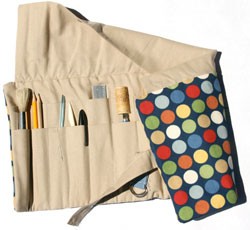 When I wrote recently about a nifty leather tool roll-up, Robert asked “I’m curious about which tools you have in your roll up.” Here’s my answer — let me know what you use yours for in the comments below…
When I wrote recently about a nifty leather tool roll-up, Robert asked “I’m curious about which tools you have in your roll up.” Here’s my answer — let me know what you use yours for in the comments below…
 My studio is a 10-minute drive from my house, so I originally stocked my roll-up with tools I didn’t want to duplicate for both home and studio. My japanese screw punch, a good glue brush, a micro spatula. I also included some linen thread, a couple of needles, scissors, a knitting needle (for scoring paper), a bone folder, an xacto knife and extra blades, an awl and a glue stick.
My studio is a 10-minute drive from my house, so I originally stocked my roll-up with tools I didn’t want to duplicate for both home and studio. My japanese screw punch, a good glue brush, a micro spatula. I also included some linen thread, a couple of needles, scissors, a knitting needle (for scoring paper), a bone folder, an xacto knife and extra blades, an awl and a glue stick.
 After a time, I realized I was using the roll-up more for trips to SFCB, where I teach an introduction to the platen press class as well as make my photo polymer plates and use the spiral binding equipment. I swapped the screw punch and glue brush for things I could never count on finding at the book center — several small screw drivers (flat & philips head) to adjust the presses, a black sharpie pen to write on the back of plate material, small binder clips to fix the plate maker, and a small metal ruler. Later I added a small pad of post-its (good for notes and labeling) and several pencils (the center mysteriously has only pens), and safety pins (although I can’t remember why!)
After a time, I realized I was using the roll-up more for trips to SFCB, where I teach an introduction to the platen press class as well as make my photo polymer plates and use the spiral binding equipment. I swapped the screw punch and glue brush for things I could never count on finding at the book center — several small screw drivers (flat & philips head) to adjust the presses, a black sharpie pen to write on the back of plate material, small binder clips to fix the plate maker, and a small metal ruler. Later I added a small pad of post-its (good for notes and labeling) and several pencils (the center mysteriously has only pens), and safety pins (although I can’t remember why!)

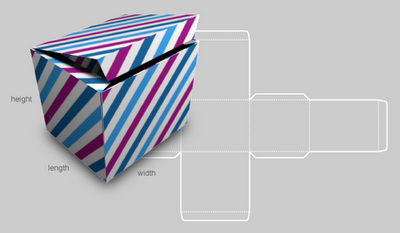
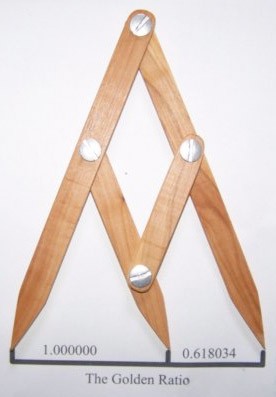
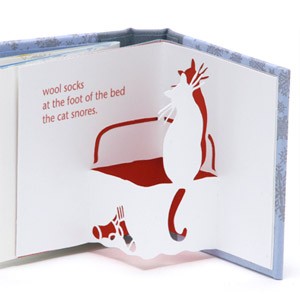
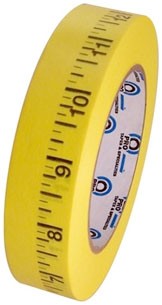
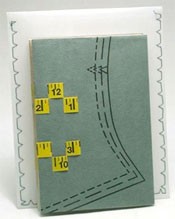
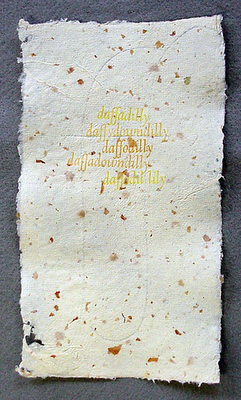
 When I wrote recently about a nifty leather
When I wrote recently about a nifty leather